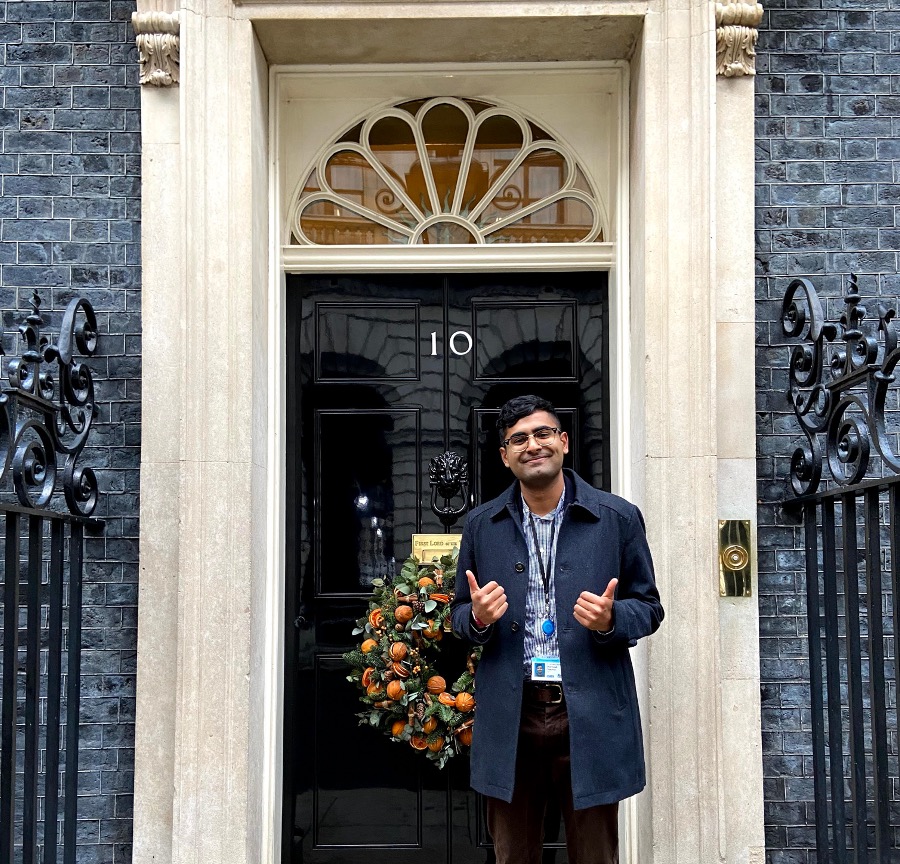I’ve run ideation workshops in person. One of my favourite techniques to use is the Crazy 8s technique. The creative juices start to flow when you start drawing on paper.
In COVID times, we’ve moved to working at home. How do you get that same energy as in person? It’s hard to replicate Crazy 8s online. I know because I’ve tried. We asked participants to draw on paper at home, take a photo and then upload it onto Miro (online whiteboard). This is a logistical nightmare.
When you have limited time with your participants, you need a way to get what you need. I ran this remote ideation workshop in 2 hours. Here’s how I did it.
Before you start:
- Prep the board by creating separate sections for each item of the agenda
- Use a timer to keep things on track
- Have someone to capture notes as participants discuss
- How Might We’ statement
1) Introduction (5 minutes)
Introduce the agenda and be clear to participants about what outcome you want to reach. In our case, we wanted the outputs of this workshop to feed into a user story map.
2) User journey & ‘How Might We’ statement (5–10 minutes)
User journey’s (if you have one) help participants to understand the wider context. Use ‘How Might We’ statements to help participants to provide a focus.
Further reading: Using “How Might We” Questions to Ideate on the Right Problems
3) Desirability (20 minutes)
This section is all about understanding your users.
- Who are the target users for our solution?
- What problem do our users want to solve?
- How do our users solve this problem today?
- Why can’t our users solve this problem today?
- What is the outcome our users want to achieve?
- Why will our users stop using their current solution?
The questions I use are from Google’s design sprint. It’s a useful methodology to breakdown the problem space.
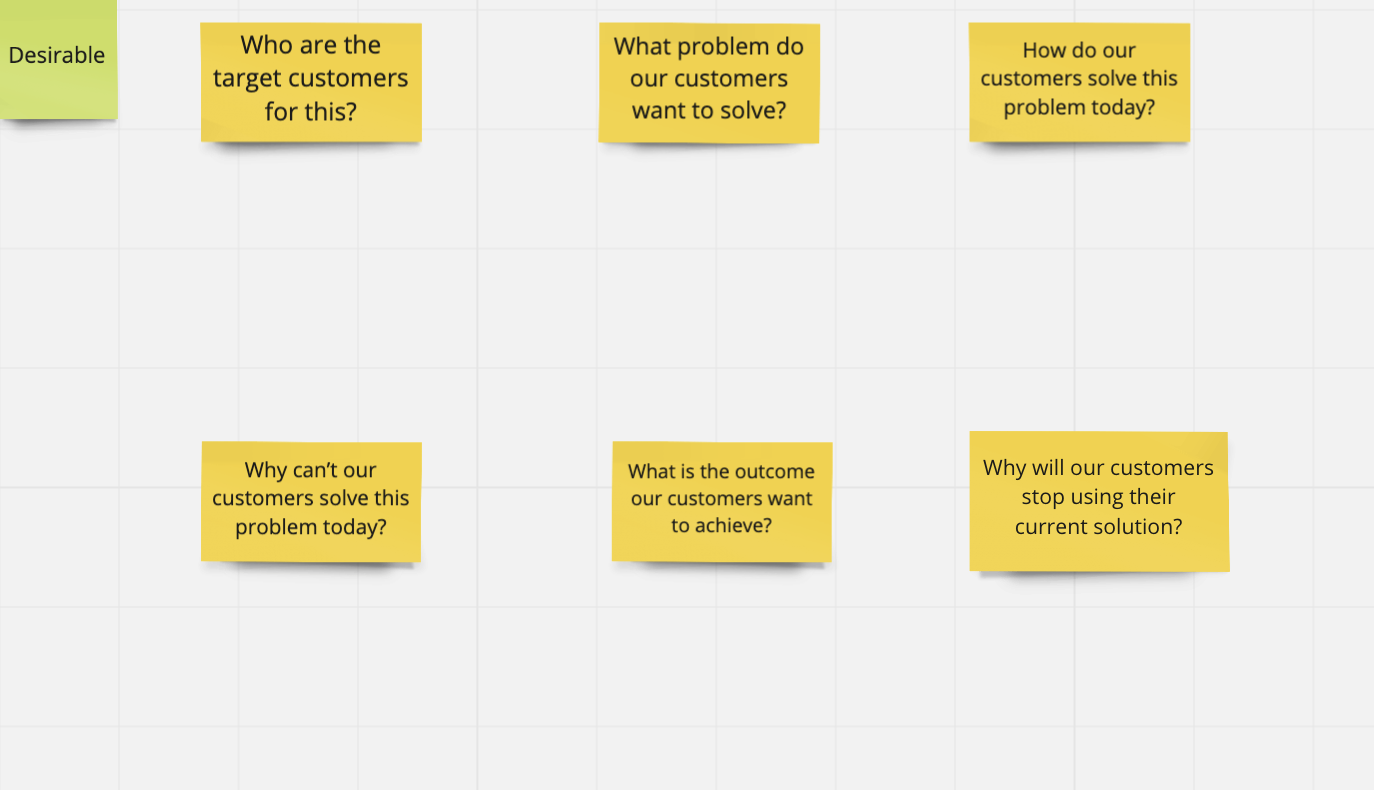 An example of how to layout the questions.
An example of how to layout the questions.
4) Viability (10 mins)
This section is all about understanding metrics, competition and acquisition.
- What are our main acquisition channels for obtaining new users?
- What metrics does this idea impact?
- Why will our users refer us to new customers?
- Who are the primary competitors in this space?
Don’t be afraid to add your own questions.
4) Feasibility (10 mins)
These questions are about understanding any challenges to working in this space.
- What are our biggest technical or engineering challenges?
- What are our biggest legal or regulatory risks?
- What are our internal governance or policy hurdles?
- Why does our leadership team supports this?
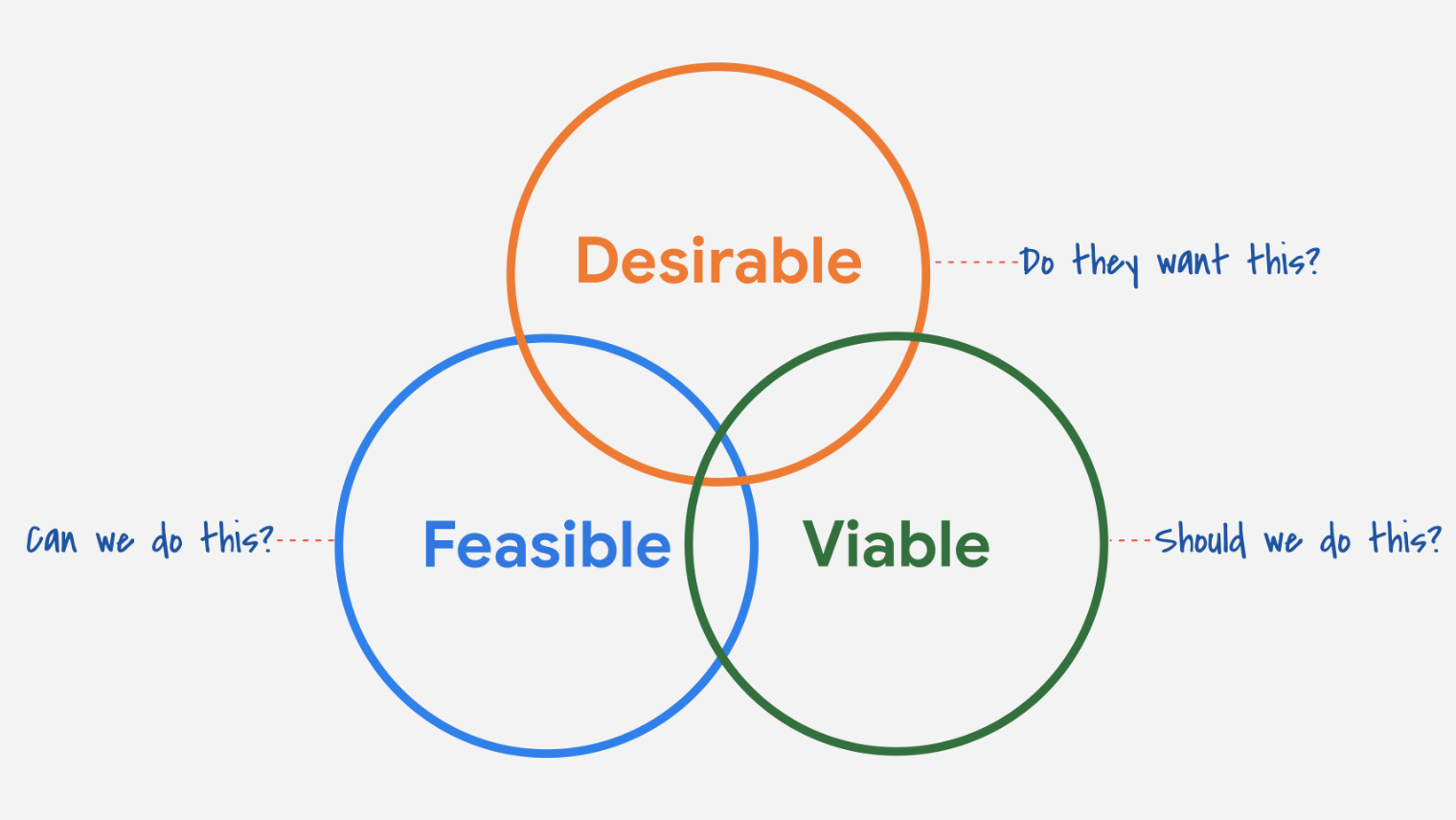 Image by Google Design Sprint https://designsprintkit.withgoogle.com/methodology/phase2-define/assumptions-mapping
Image by Google Design Sprint https://designsprintkit.withgoogle.com/methodology/phase2-define/assumptions-mapping
By breaking the problem space into these sections, we are helping to build a shared understanding between participants.
5) Tea Break (5-10 mins)
6) Ideate! (10 mins)
We asked participants to take some time by themselves to list as many ideas as they could think of on a post it note.
I like to use Policy Lab’s challenge statements to encourage participants to think outside the box:
- what would we do in 2040?
- what if we had no money?
- what if we an unlimited budget?
7) Group similar ideas and dot vote! (10 minutes)
Participants get 3 dot votes. We did this to focus the discussion on a few ideas.
8) Discussion and prioritisation (20–30 minutes)
Discuss your ideas and plot it against a value vs. effort matrix. If you’ve got lots of ideas in the high value and low effort section, then dot vote again. The one with the highest votes should be the one you take forward. Don’t disregard your other ideas. Return to them if you need an alternative.
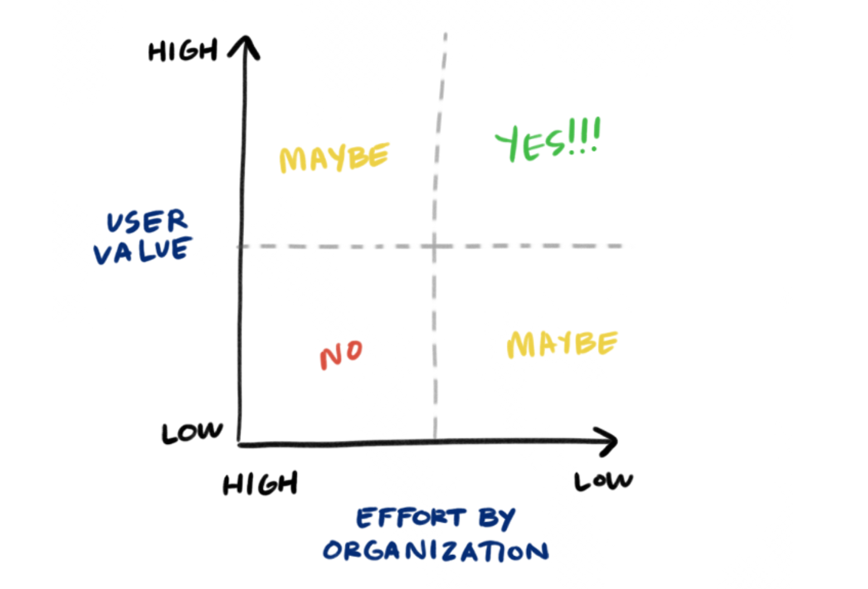 Photo by Nielsen Norman https://www.nngroup.com/articles/prioritization-matrices/
Photo by Nielsen Norman https://www.nngroup.com/articles/prioritization-matrices/
9) Conclusion (5 minutes)
Thank participants for their time, and remind them of the outcome you wanted to reach at the end of this workshop.
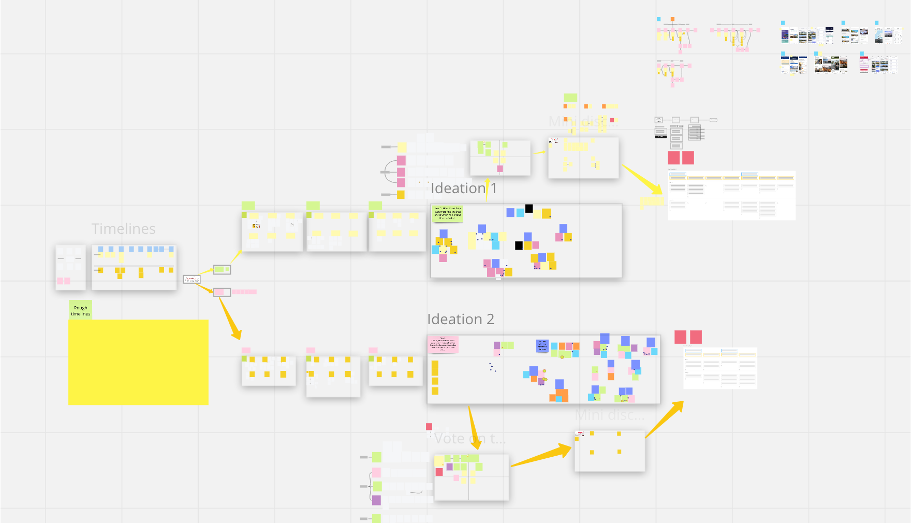 I ran two ideation workshops. Here’s the output!
I ran two ideation workshops. Here’s the output!

